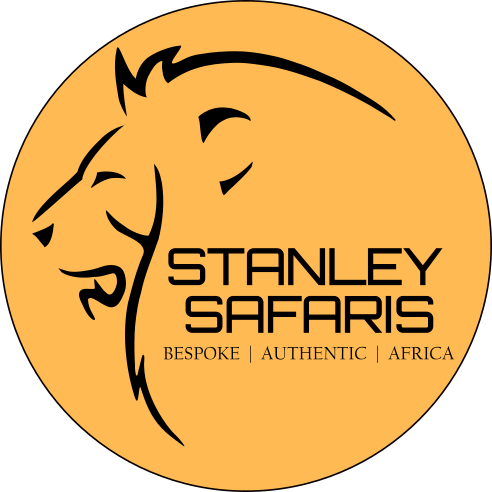Luxury Safaris to Namibia
Safaris to Namibia are unlike safaris to any other country in Africa. Namibia is a vast and beautiful country, dominated by the Namib Desert. Namibia safaris offer visitors a chance to experience wide open spaces, majestic landscapes and sightings of the wildlife that has adapted to harsh desert conditions. Namibia is the best place in Africa to see desert adapted elephants and lions, as well as the endangered black rhinos. It is also a great budget safari location and is a safe place to travel.
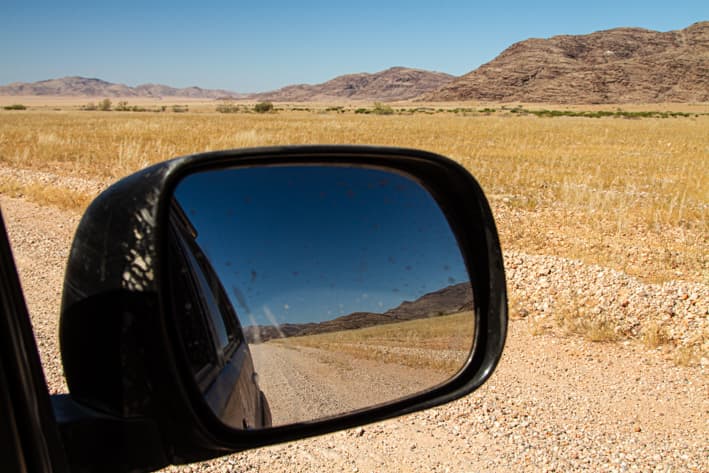
SELF-DRIVE SAFARI TO NAMIBIA
11-Nights
Destinations visited:
- Etosha National Park
- Damaraland
- Swakopmund
- Sossusvlei

NAMIBIA CONSERVATION SAFARI
10-Nights
Destinations visited:
- Damaraland
- Kaokoland
- Sossusvlei
- Wolwedans
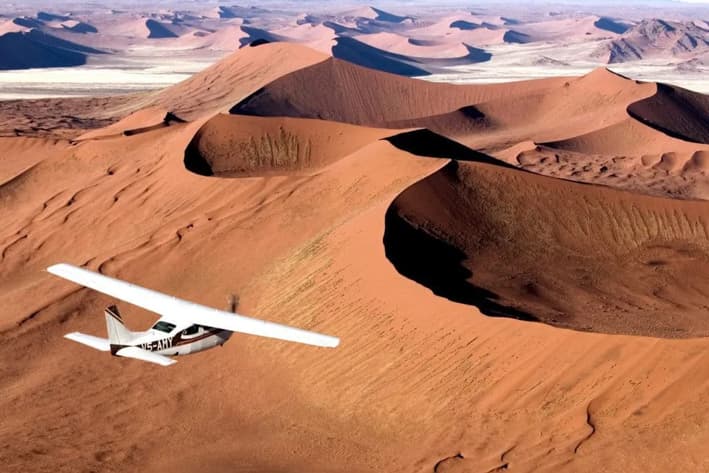
6-Nights
Destinations visited:
- Wolwedans
- Damaraland
- Kaokoland
- Kunene River
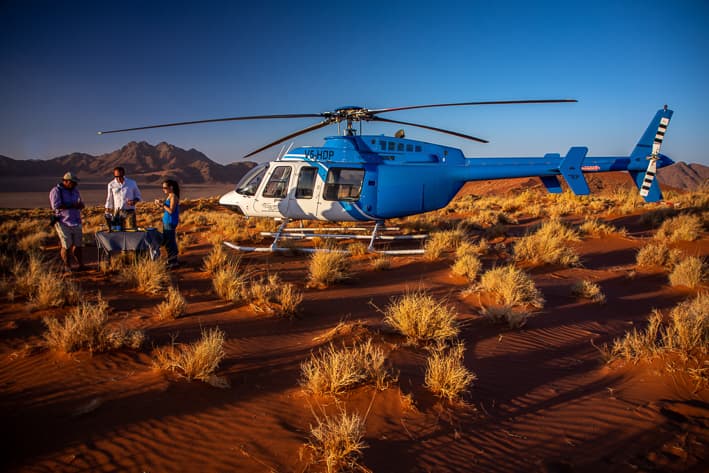
HELICOPTER SAFARI TO NAMIBIA
10-Nights
Destinations visited:
- Wolwedans
- Sossusvlei
- Kaokoland
- Kunene
- Etosha National Park
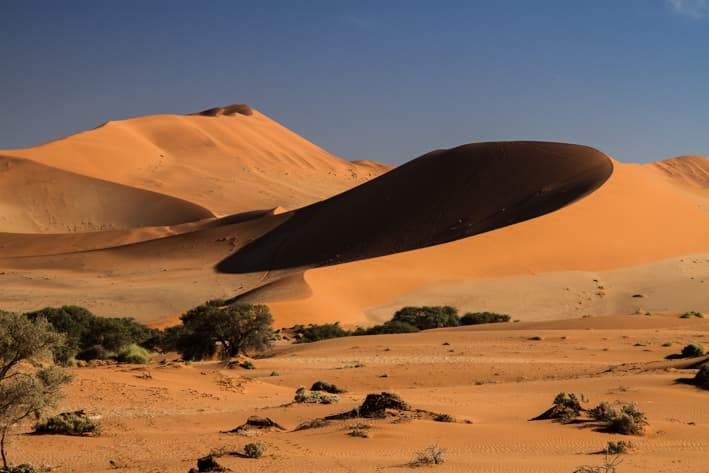
DIVERSE SOUTHERN AFRICA SAFARI
10-Nights
Destinations visited:
- Cape Town
- Sossusvlei
- Victoria Falls
- Hwange National Park
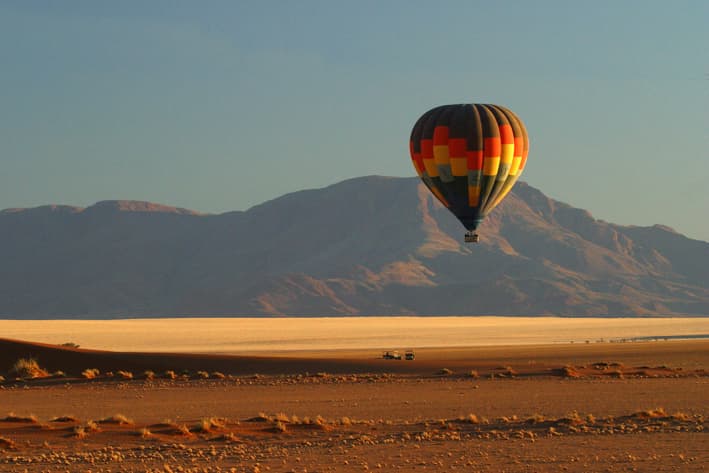
12-Nights
Destinations visited:
- Cape Town
- Sossusvlei
- Wolwedans
- Sao Tome & Principe
